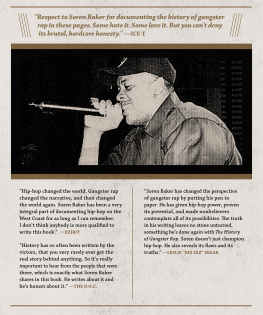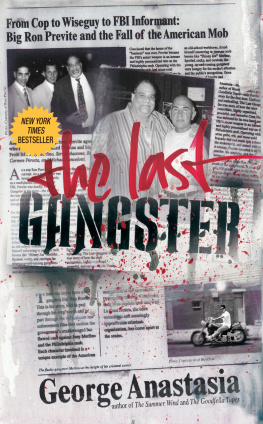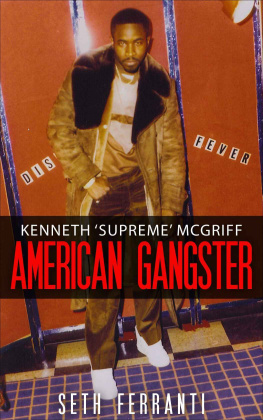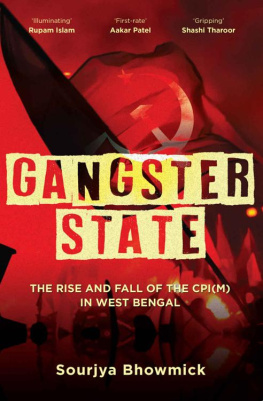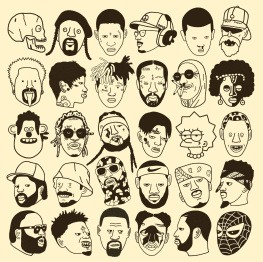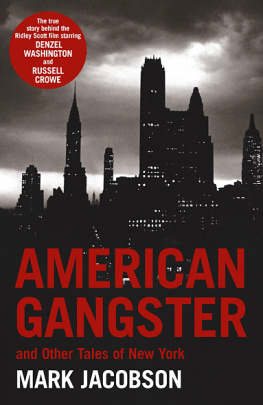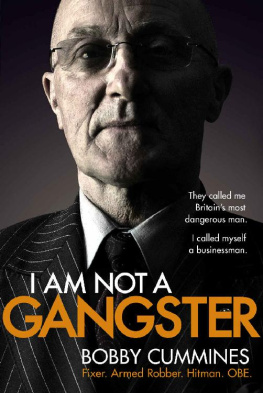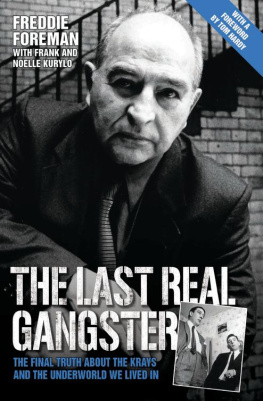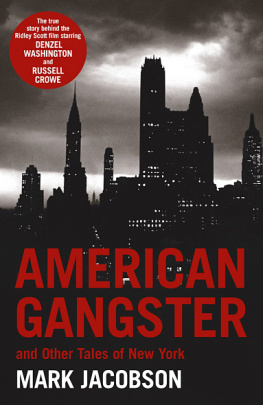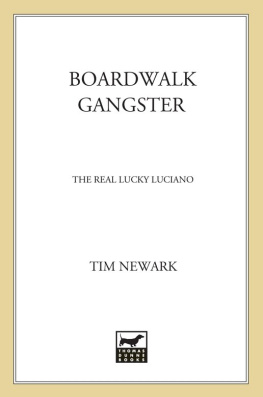
Contents

MC Eiht and Mack 10 on the set of Thicker Than Water in Los Angeles in June 1998.
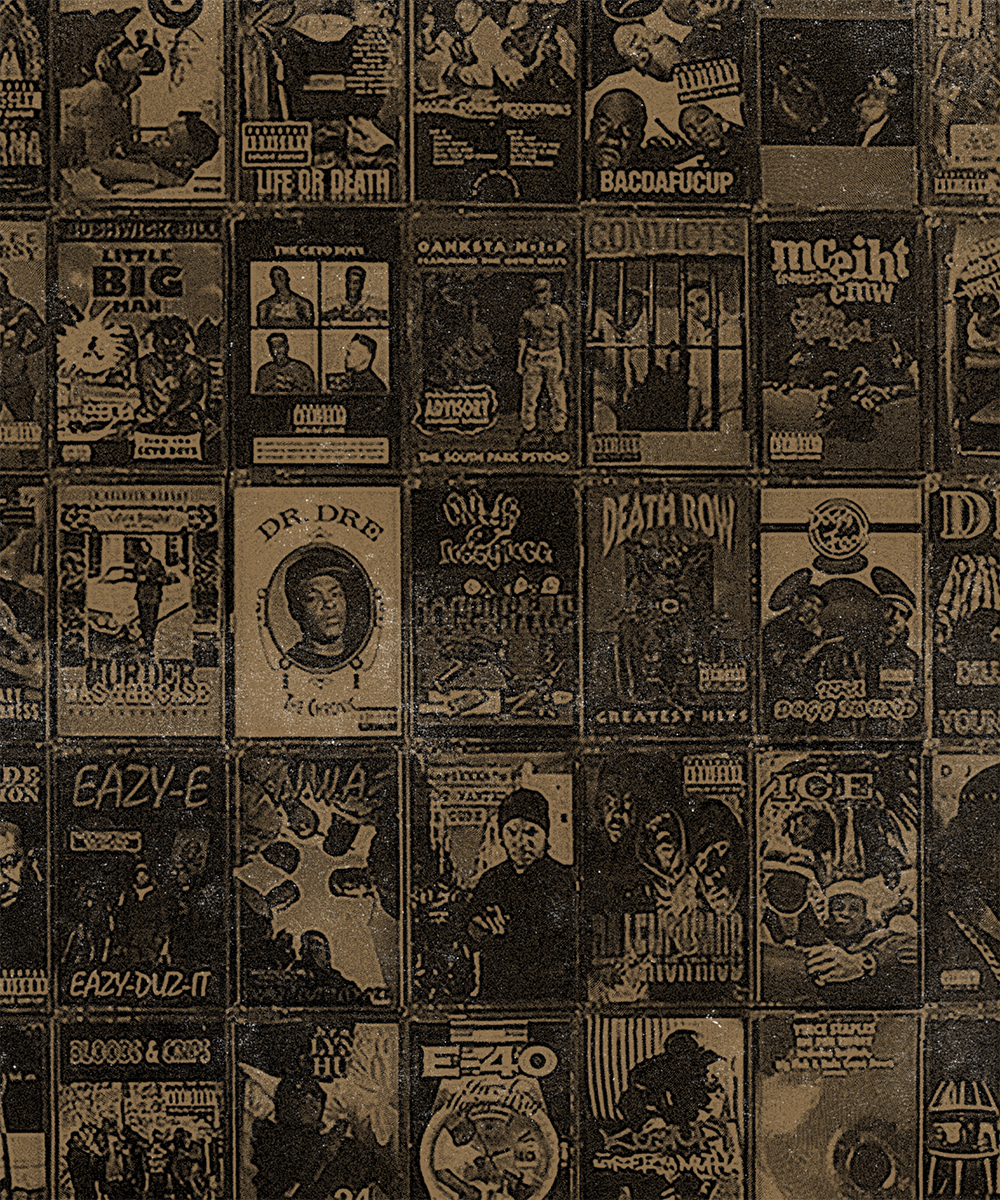
Introduction
IN THE MID-1980s, GANGSTER RAP DIDNT HAVE A NAME. BUT VIRTUALLY EVERYONE WHO HEARD IT REALIZED ITS POTENCY.
At the time, I was a pre-teen growing up in suburban Maryland, and gangster rap made the stories I read about in the newspaper and saw on the evening news come to life in a way I didnt know was possible. Instead of watching or listening to some stuffy, detached (usually white male) reporter recount the violence ravaging black, urban America, I suddenly found myself listening to Schoolly D, Ice-T, Boogie Down Productions, Just-Ice, Eazy-E, and N.W.A. They had created a new style of rap, one that contained graphic, X-rated stories of gangs, guns, violence, drugs, sex, and mayhem told in a brash, unapologetic manner.
Gangster rap, as it came to be known in the late 1980s, started as first-person street reporting from those living in, and surrounded by, Americas urban warzones, and exploded in popularity once the focus became the lives of gangbangers and the people around them. These typically profane, often insightful, and sometimes horrifying stories from this group of disenfranchised young, black men opened my eyes to the depth and complexity of Americas atrocious racial legacy, and also introduced me to a new generation of storytellers backed by mesmerizing music that resonated with me even more than the other rap I loved. Gangster rap was the telling of a reality seldom seen and rarely discussed in popular culture.
Dana Dane, the groundbreaking Brooklyn, New York, rapper whose 1985 song Nightmares and 1987 song Cinderfella Dana Dane are widely regarded as two of the best story raps of all time, said that gangster rap swept through New York and the music industry in the late 1980s with magnum force. We had hardcore rap, but now it was getting even deeper in regards to bringing the inner city and the hood lifestyle to the forefront, Dana Dane told me. It made cats like myself and Salt-N-Pepa, who were doing radio-friendly music, try to figure out if we were still going to fit in. It raised the stakes.
Given that this wave of gangster rap emerged from Southern California, New York rappers, who to this point in the late 1980s had been the only driving force of rap, were unprepared to be unseated as the cultures leaders. They were also unaware of the significance of this new type of rap, one that exponentially ratcheted up the intensity, violence, profanity, and sexuality of the music, reflecting the gang-related lifestyle of the Los Angeles metropolitan area.
Growing up on the East Coast in the mideighties, I soon noticed the cultural bias that New York artists and (a few years later) New Yorkbased journalists typically had against rap that didnt come from New Yorks five boroughs. I also noticed that once the labeling of this segment of rap evolved from street rap, hardcore rap, and reality rap into gangster rap, there was a separation among rap artists.
We didnt understand the culture at the time, Dana Dane told me, and where it was coming from.
This unfamiliarity bred contempt. Yes, early artists from Philadelphia, Los Angeles, Miami, and Houston often mimicked the sound, style, and flair New York rappers employed in their music, but when gangster rap took off commercially, thanks to Ice-T, Eazy-E, and N.W.A, there was a division. These so-called gangster rappers were viewed as lesser artists by other rappers because they focused not on lyrical agility, per se, but on tales from the hood. Thus, gangster rappers became, in effect, the disenfranchised among the disenfranchised.
Thats also why the perception of hardcore rappers in Los Angeles, who were labeled as gangster rappers, differed from their New York counterparts. Kool G Rap, Fat Joe, The Beatnuts, and Mobb Deep adopted the same style and subject matter as gangster rappers, but were not viewed by many artists, journalists, and fans as gangster rappers, because they did not rap about Los Angeles gang culture. This group of New York rappers also didnt fancy themselves as gang members, nor were they perceived that way by the outside world.
Indeed, the gangster, street, reality, or thug rappers not from Los Angeles typically rapped about the blanket persona and habits of a traditional gangster and the criminal lifestyle rather than gangbanging itself. Thus, I have focused this book on West Coast artists, while also including extensive coverage of The Geto Boys (based in Houston, they emerged before the West Coast began its musical dominance, referred to themselves as gangsters, and operated under the direction of gangster label head James Prince), Master P and his No Limit Records (whose artists operated as a gang-like unit, carrying themselves as soldiers while billing themselves as gangsters, included the gangster rap superstar Snoop Dogg, and were based in Richmond, California), as well as 50 Cent (who, despite being from the New-York area aligned himself with Dr. Dre and the Game, had his own G-Unit crew, and name-drops and raps about Los Angeles gangs in several of his songs, most notably What Up Gangsta).
It was also important for me to include almost an entire chapter on Schoolly D, whose music has been sampled scores of times, and whose lyrics and flows have been incorporated by everyone from the Notorious B.I.G to Nicki Minaj. Although many people think the genre started with either N.W.A or Dr. Dre, Schoolly D is known by rap cognoscenti as the creator of gangster rap,. Most of all, I wanted to write about the major players who pushed the music forward, from lesser-known acts such as Schoolly D and Above the Law to more recognized trailblazers such as Ice-T and Master P.
As I was working on this book, my friend Big Tray Deee, one half of the platinum gangster rap group Tha Eastsidaz, provided an explanation of gangster rap that served as my barometer: We didnt start gangster shit and we didnt start gangster rap. But the lifestyle that we push and espouse, and what LA means to the gangster world overall, our voice has helped shape the lives of many youngsters right now [who] call themselves Gs, gangsters, or what have you.
So, New York rappers such as Kool G Rap, Fat Joe, The Beatnuts, Mobb Deep, Wu-Tang Clan, and JAY-Z, as well as Clevelands Bone Thugs-N-Harmony, Miamis Trick Daddy, and Memphiss 8Ball & MJG and Project Pat, among many others, could be, and are, considered gangster rappers by some. For my purposes, though, they are all immensely talented and successful artists, but they didnt shape or redirect gangster rap itself. The artists I focus on in this book did. They are the ones who are the heart of this book, the acts whose words, music, style, and business shaped the genre.
I also wanted to hone in on the story of the music itself. Who made the important singles, albums, and projects? Why were the artists and the art they made noteworthy? How did their music lead to the next generation of artists and the evolution of the genre?
Thats why I dedicate much of this book to focusing on the music and the business that influenced the music. These are essential and untold stories, ones not previously presented in a detailed context, that show how they intersect creatively and commercially.
As a fan, music has always been the thing for me. Thats why
Next page
